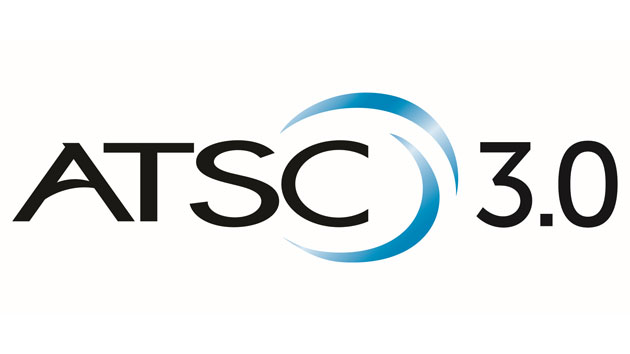Let’s say it’s not impossible. When the US and other countries in North America wanted to change over to digital television in the 2000s, they turned to the non-profit Advanced Television Standards Committee to lay out the different ways digital television would work. That worked out pretty well, and those ATSC standards are the ones we use today for broadcasting.
The ATSC has been busy developing version 2.0 of their standard and it includes all sorts of options for getting on demand content over broadcast. That’s a very exciting idea for traditional broadcasters who are trying to compete in today’s on-demand world. Believe it or not they made their presentation public (whether or not they meant to is another matter) so if you’re interest, it’s all laid out here.
This is an exciting idea for broadcasters because it means a potential for survival in a world where downloads dominate, but it also means additional cost and additional equipment at a time where broadcasters are being squeezed on all sides. It’s very expensive to operate a broadcast facility and ad rates are stagnant — that’s the primary reason they try to ask pay-TV companies for massive raises when the time comes for contract negotiations. This might open up a new revenue stream for them but it’s hard to know what the cost is.
The US government is under no obligation to adopt these new standards, either. In fact, most of the current standard goes unused; for example no one really broadcasts in 1080p/60 even though every television is capable of receiving broadcasts in that format. This could be another pipe dream. Still, coming from the people who gave us the current form of broadcasting we now enjoy, there’s at least some hope.





